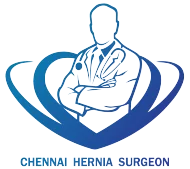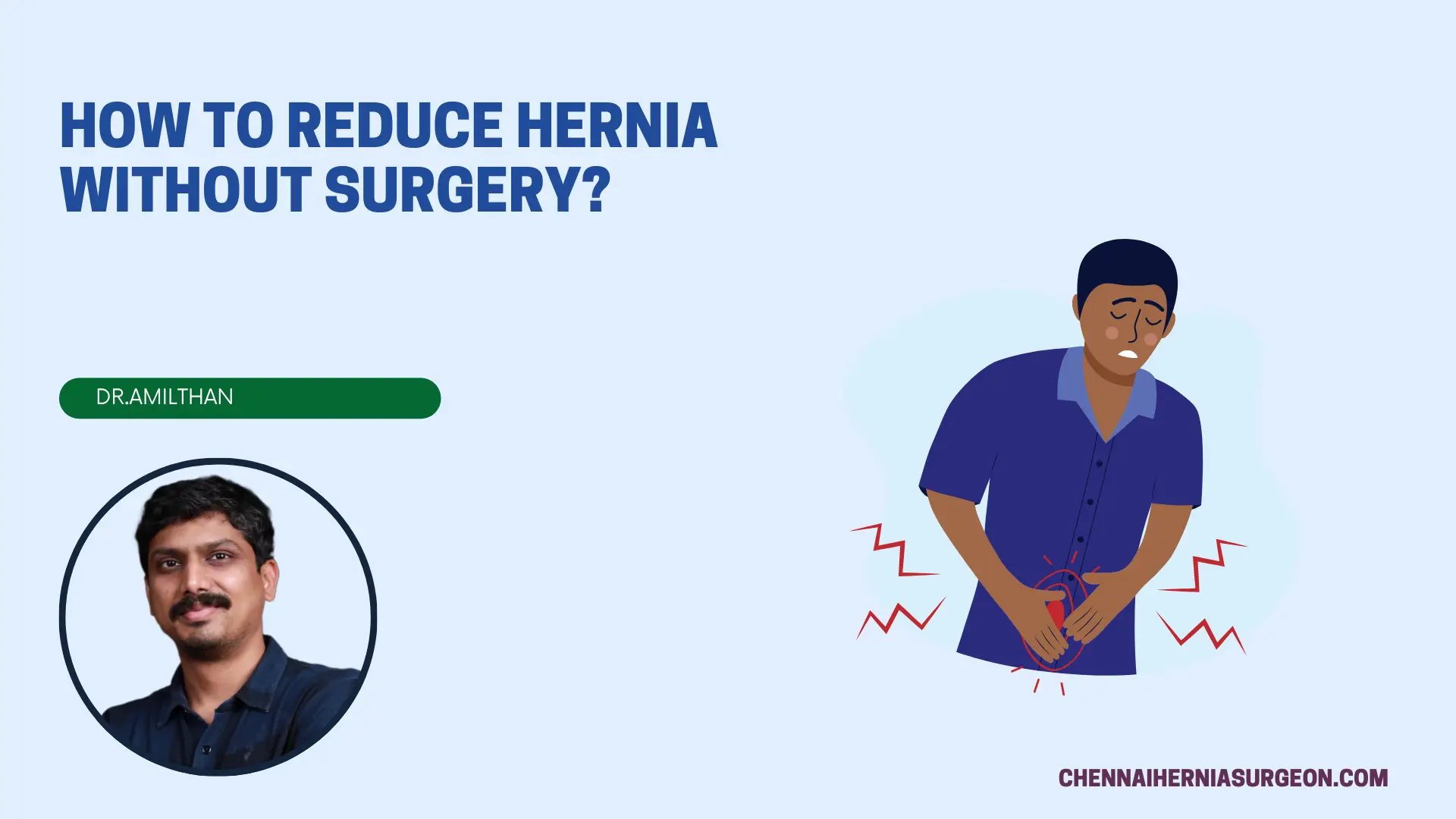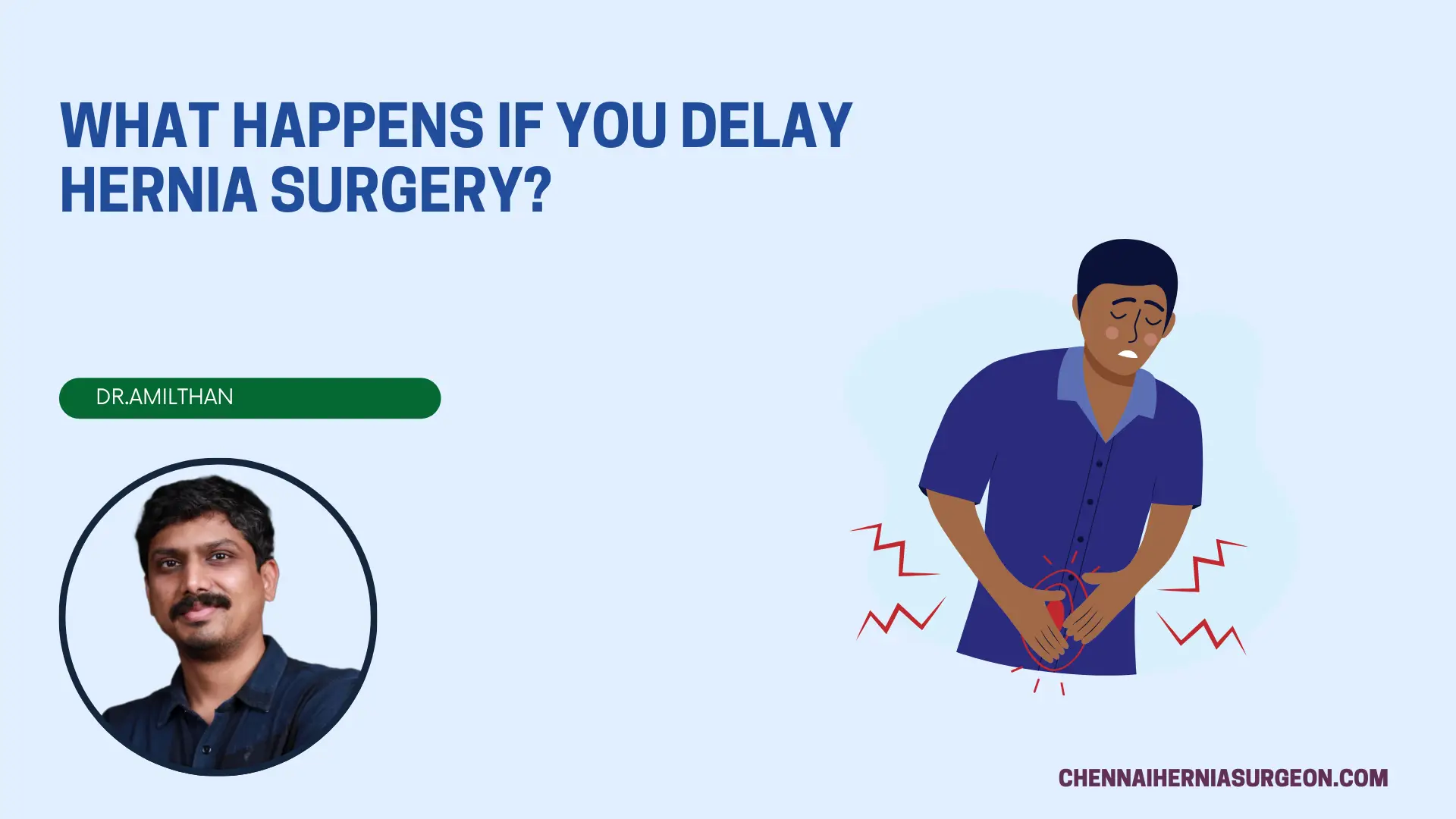Within the realm of hernias, a distinctive entity known as physiological umbilical hernia emerges, prompting curiosity and questions about its nature and implications.
This exploration aims to shed light on the intricacies of physiological umbilical hernias, unraveling what they entail, when they occur, the factors contributing to their development, common symptoms, and viable treatment options.
What is a Physiological Umbilical Hernia?
A physiological umbilical hernia refers to a protrusion of abdominal contents through the umbilical ring, a small opening in the abdominal muscles.
Unlike pathological hernias, physiological hernias are a common occurrence, particularly in infants, and often resolve on their own as a part of the natural developmental process.
When Does a Physiological Umbilical Hernia Occur?
Physiological umbilical hernias typically make their debut during infancy. As a baby develops and the abdominal muscles gradually strengthen, the umbilical ring may temporarily allow a small bulge, as it has not yet closed completely.
While this may cause concern for parents, it’s crucial to recognize that physiological umbilical hernias in infants are generally benign and tend to resolve as the child grows.
Causes of Physiological Umbilical Hernia
The causes of physiological umbilical hernias are rooted in the developmental stages of the abdominal muscles in infants. During the gestational period, the abdominal muscles may not fully close around the umbilical ring, leaving a slight opening.
This natural process allows for physiological hernias to occur and is generally a temporary and harmless occurrence.
Does Umbilical Hernia Cause Pain?
Peoples worry hernia surgery is painful? The simple answer is it depends. Not all umbilical hernias cause pain, especially in children, where they are most common. In fact, many children with umbilical hernias may not even be aware of them.
However, adults and older adults are more prone to experiencing pain with umbilical hernias. This pain can manifest in various ways, depending on the size, severity, and individual pain tolerance.
Umbilical Hernia Pain in Children:
Usually painless or presents with a small, soft bulge near the navel.
May become noticeable during crying, coughing, or straining.
Rarely requires medical intervention unless it becomes incarcerated orx significantly larger.
Umbilical Hernia Pain in Adults:
More likely to cause discomfort, ranging from a dull ache to sharp, stabbing pain.
Pain can worsen with specific activities like lifting, straining, or coughing.
A feeling of fullness or bloating around the navel is common.
Larger or incarcerated hernias can cause severe pain, nausea, and vomiting, warranting immediate medical attention.
Umbilical Hernia Pain in Aged People:
Similar to adults but may be masked by other age-related aches and pains.
Early diagnosis and management are crucial to prevent complications.
Managing Umbilical Hernia Pain:
For mild pain, over-the-counter pain relievers like ibuprofen or acetaminophen can offer relief.
Warm compresses applied to the area can promote blood flow and ease muscle tension.
Wearing loose-fitting clothing avoids pressure on the bulge and reduces discomfort.
Limiting strenuous activities minimizes further irritation.
Which Doctor to Consult For Umbilical Hernia:
A general practitioner can diagnose and manage most umbilical hernias.
In some cases, referral to a specialist like a gastroenterologist or surgeon may be necessary.
Symptoms of Physiological Umbilical Hernia
Unlike pathological hernias that may present with pain or discomfort, physiological umbilical hernias are often asymptomatic. A small, soft bulge around the umbilical area may be noticeable when the baby cries or strains during bowel movements.
Importantly, physiological hernias are generally reducible, meaning they can be gently pushed back into place.
Treatment for Physiological Umbilical Hernia
The reassuring aspect of physiological umbilical hernias is that, in the majority of cases, they resolve without the need for medical intervention. As the baby’s abdominal muscles strengthen and close around the umbilical ring, the hernia tends to diminish on its own.
Simple measures such as gently pushing the bulge back in during diaper changes may be recommended. However, surgical intervention is rarely necessary for physiological hernias. But in both cases, it is advised to consult the Best Hernia Surgeon for treatment.
Types of Umbilical Hernia Surgeries
There are different types of Surgical options available for Umbilical Hernia Let us see them one by one
Open Surgery:
Traditional approach: A surgeon makes an incision above or around the navel, pushes the protruding tissue back into the abdomen, and reinforces the weakened area with mesh or stitches.
Pros: Well-established technique, effective for large or complex hernias.
Cons: Longer recovery time, visible sca
Laparoscopic Surgery:
Minimally invasive approach: The Laparoscopic Hernia Repair is done Using tiny incisions and a laparoscope (thin lighted tube with a camera), the surgeon views the hernia and repairs it with mesh or stitches.
Pros: Less pain, faster recovery, smaller scars.
Cons: May not be suitable for large or complex hernias, requires general anesthesia.
Robotic Hernia Surgery
Minimally invasive approach: During the Robotic Hernia Surgery The Laparoscopic Hernia Repair is done Using tiny incisions and a laparoscope (thin lighted tube with a camera), the surgeon views the hernia and repairs it with mesh or stitches.
Pros: Less pain, faster recovery, smaller scars.
Cons: May not be suitable for large or complex hernias, and requires general anesthesia.
Conclusion
Physiological umbilical hernias, although initially concerning for parents, are a common and natural part of infancy. Understanding their transient nature and the developmental processes at play is crucial for informed parenting.
As infants grow and their abdominal muscles strengthen, physiological hernias typically resolve on their own, requiring minimal intervention. It’s essential for parents to communicate any concerns with healthcare providers to ensure proper guidance and reassurance.
In conclusion, physiological umbilical hernias serve as a testament to the marvels of early development. By demystifying their occurrence, recognizing their benign nature, and allowing the natural processes to unfold, parents can navigate this phase with confidence, embracing the transient nature of physiological umbilical hernias in the journey of their child’s growth.





